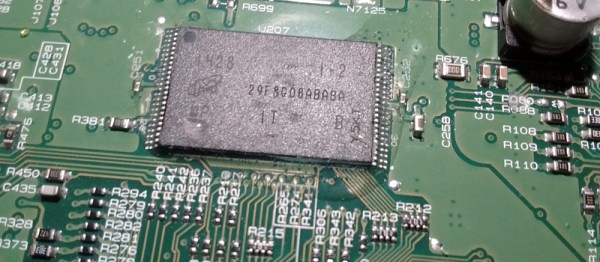The Raspberry Pi Zero W is a tiny, cheap Linux computer with WiFi. It’s perfect for Internet of Things things such as controlling ceiling fans, window blinds, LED strips, and judgmental toasters. This leads to an obvious question: how do you attach your ceiling fan and LED strips to a Pi Zero? A lot of these things already have infrared remotes, so why not build an infrared hat for the Pi? That’s what [Leon] did, and it’s Open Hardware with documentation.
[Leon]’s Anavi Infrared Pi Hat does exactly what you think it should do. There’s an IR receiver, two IR LEDs, and UART pins for debugging. That’s all you need to control infrared doohickies over the Internet, and [Leon] wrapped it up in a nice neat package that’s the same size as a Raspberry Pi Zero. Add on some documentation and you have something we rarely see: a project meant to be used by other people.
This focus on allowing people to actually use what [Leon] created can lead to only one cynical conclusion: he’s probably selling these things somewhere. The cynic is never surprised. [Leon] has a crowdfunding campaign going, that’s over 400% funded with a month to go. That’s okay, though: all the design files are available so if you want to build your own without supporting people who build useful devices, have at it.

















